A 2024 Temperature quilt
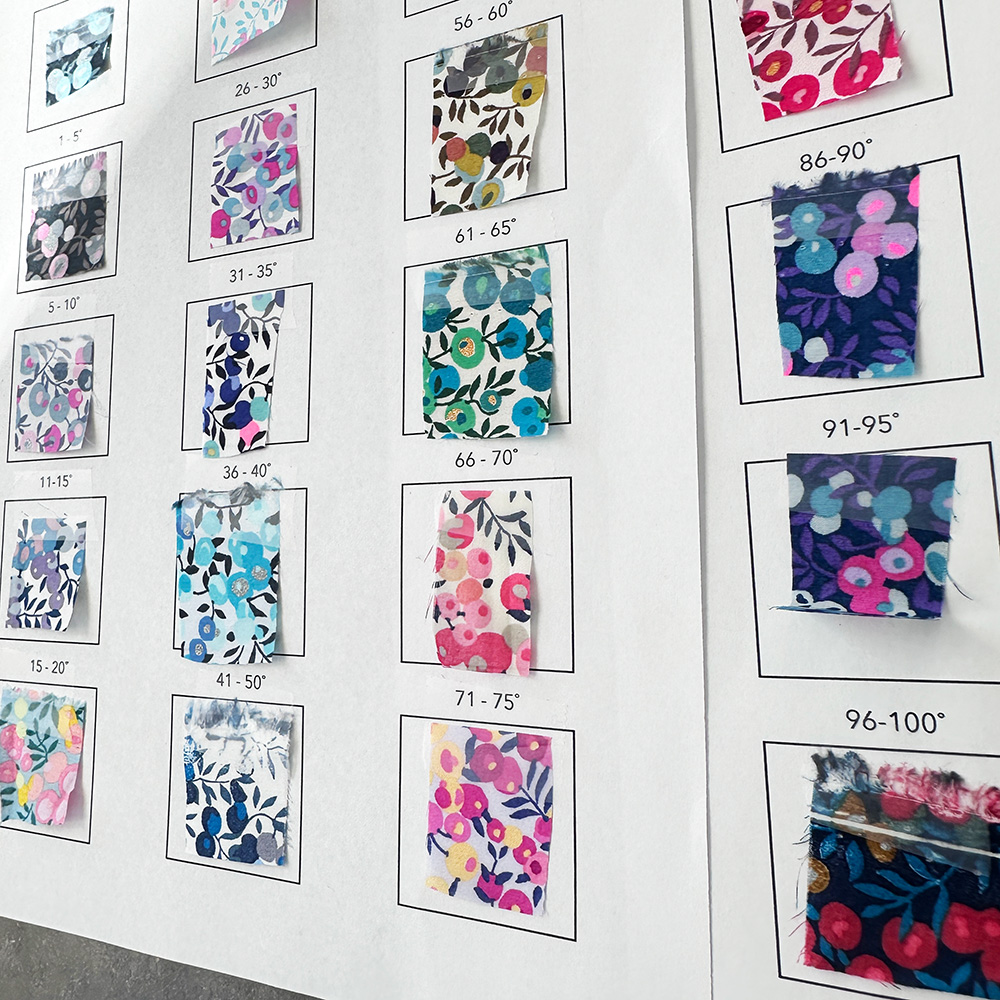
Hello! I hope you are enjoying a peaceful and happy holiday season. I am writing this during that magical week between Christmas Day and New Years. It’s one of my favorite times of the year. New beginnings and a new year ahead are so exciting to me (although I admittedly am not looking forward to the political season ahead 🤦🏻♀️.). Yes, I’m one of those people who make New Year’s resolutions. I’m also one of those people who don’t always keep them. The older I get, the more realistic I am about what exactly is possible, and I will say that helps my success rate.
One of the things I’ve been thinking about during the last several months is that I’d like to give myself prompts and excuses to experiment more, creatively speaking. So much of what my current business is built on is experimenting that I did many, many years ago…like, what if I did this? could this be done another way? I need to do more of this! Anyone who is creative knows that it takes open mental space to be able to allow that kind of thing to happen. Open mental space tends to be limited when I’m trying to run a business. But it is so very important! So, in 2024 I will set intentions to make time to play more.
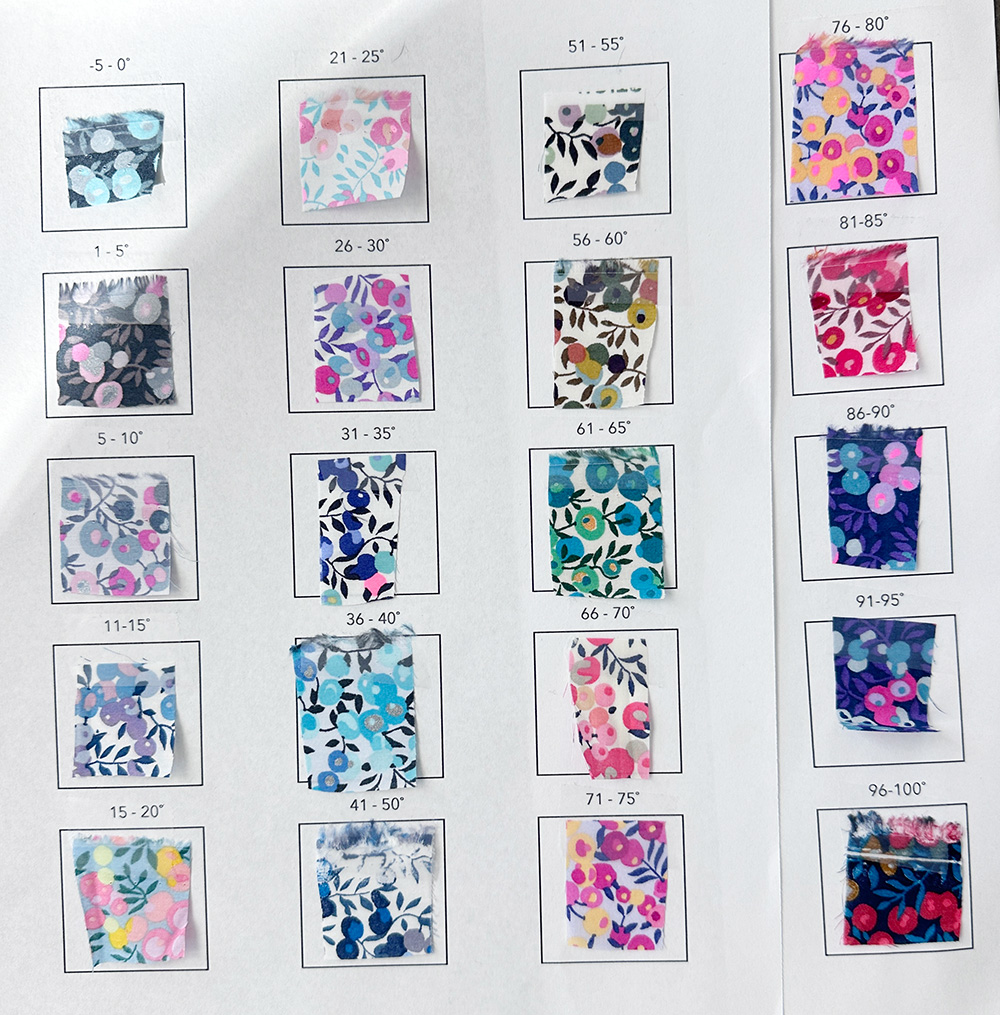
A 2024 Temperature Quilt
The first way I’m setting myself up to do exactly that is by planning a temperature quilt. Do you know what a temperature quilt is? (I, admittedly, was more than a little confused by them for many years.) The daily high and low temperature in your city or town are recorded and illustrated in a quilt block. For the area I live in, just outside of Santa Fe, I chose the lowest lows and highest highs based on the weather patterns of the past 2 years.
I’ll explain a bit of my process for those who might be interested in learning more. (Plus, writing and posting about it will hopefully help to keep me accountable!) Keep in mind, temperature records done in ways other than just quilts. I seen them done with strands of beading, knitting, crochet, painting, you name it. There’s really no limit to the ways you could personally challenge yourself to record things like the daily temperatures for a year.
To begin, look at the weather in your area. Most of the temperature projects I’ve seen incorporate ranges in 5˚ increments. Meaning, all the temps from 60˚-65˚ will be recorded using the same fabric/color, then 66˚-70˚ will be recorded using the same fabric/color, and so on. In the area I live in, that will give me 20 different 5˚ ranges. I’ll need 20 different fabrics, one to represent each of those ranges.

Questions I need to answer
Once the basic temperature range is determined, I needed to decide a few more things before I started.
- Would I use solid or printed fabrics?
- I chose printed! As you can see by the images in this post (more following).
- Would I create divisions in the quilt between the ending of one month, and beginning of the next?
- Yes, I am planning to do this with fabric. More below.
- Did I want to mark any other weather information throughout the year?
- We get very high winds, so I plan to mark these times on my quilt. We also have “monsoon seasons” here in the high desert, as well as snow. Because precipitation is so vital and valued here, it will be interesting to somehow show moisture and winds in my quilt.
- What kind of quilt block can show all of this, yet be doable to make one each day (or, realistically, easy enough to keep up with and jump in and catch up whenever I fall behind)?
- I created a 4″ finished very basic block that will be easy enough to incorporate daily weather patterns. I “drew” it up on the computer so I could figure out the final measurements of the quilt and get an idea of how it will look.
- Would the daily blocks will progress vertically up and down the quilt? Or horizontally across the quilt? In my mind, each orientation could give a totally different look.
- I’ve tentatively decided to lay out each month vertically in columns, but I can also change the orientation later if I decide horizontal is better.
The Plan
Here’s the very very basic block I designed-
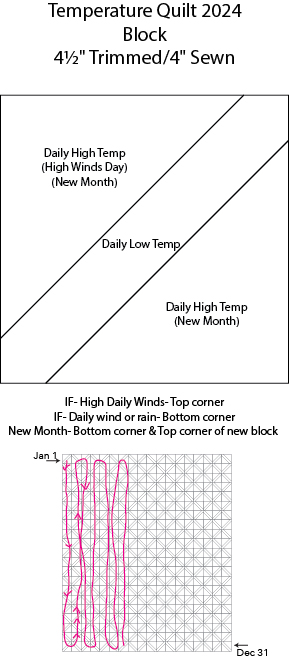
And here is how the overall quilt will be sized using this block-
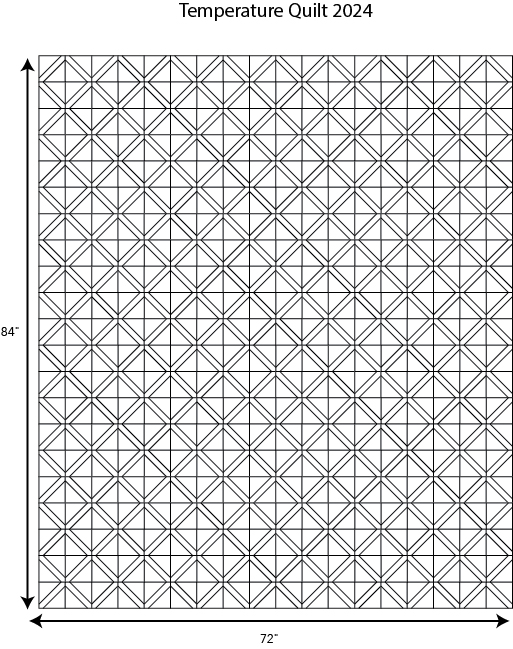
Choosing the Fabric
Next came the fun part of the planning- choosing the fabrics! I tend to make quilts full of printed fabrics, and I decided to accept the challenge of making this quilt from printed fabrics (even thought most of the temperature quilts I’ve seen are solids). But the overall look at feel of the quilt needs some cohesion, I didn’t want it to be too crazy. It is important to see the overall weather pattern changes in the finished design. After all, its focus is about the weather patterns, and I don’t want lots of crazy patterning and color to distract from that central theme. At the same time I was deciding all this, I am also making a new version of the #savannahbom quilt for the members of the Quilt As Desired Club out of Liberty of London prints. Sewing with that fabric is such a joy! And I could pull alot from my Liberty stash to make a temperature quilt.
BUT….
What if I made the temperature ranges all from the exact same Liberty of London pattern? Just use different colorways for each of the ranges? One of my favorite Liberty prints, Wiltshire, has at least 30 different colorways. Plenty for the 20 different colorways needed to cover my temperature ranges. I already had fat quarters of several of the colorways in my stash, and immediately pulled those out. I picked out the other colorways from my favorite online store for Liberty- Duckadilly. I gathered about 1/2 yd of each colorway (for the extreme high and low temperature ranges I only have a fat quarter because I won’t need as much).

Choosing the Fabric for wind and precipitation
I wanted to have these particular elements of the quilt to be able to be distinctive, and feel different than the daily temperature Wiltshire fabric. I decided on the Liberty of London print called Capel, and chose 3 of the colorways. Ideally the monthly one will be spaced around the quilt at regular intervals, so I see that one as a bit calmer in color. The rain/snow and wind happen more at specific times of the year (ideally), so in my mind I see concentrations or clusters of those in different areas of the quilt. But we shall see!
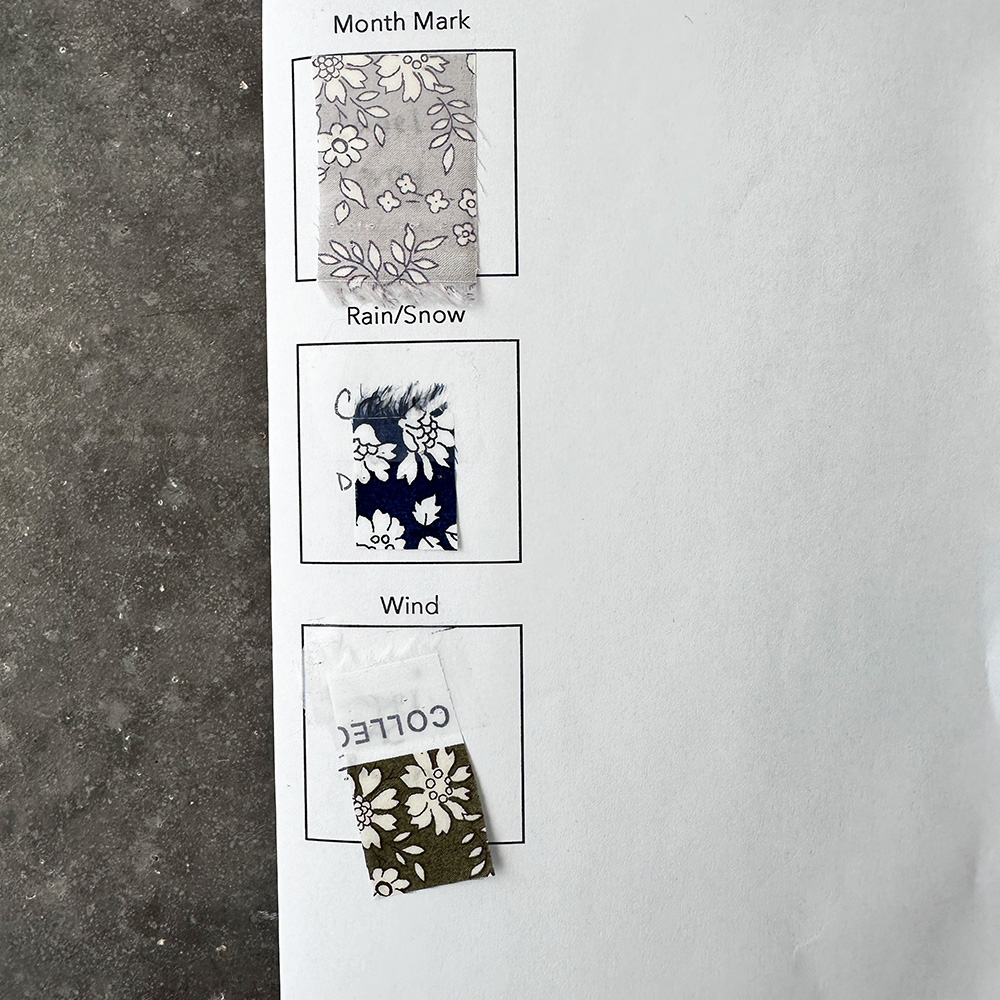
So there you have it!
It took a bit of time to plan, but now that I’ve figured out most of the details I’m very excited to get started! Please follow along with me over on Instagram, where I’ll be holding myself accountable and sharing my blocks using hashtag #wisecrafttemperaturequilt.

Maryse Roudier
December 30, 2023 at 1:35 pmLove this idea. I look forward to seeing your progress.
Blair Stocker
December 30, 2023 at 2:51 pmThank you Maryse! I’m excited about it!
Cheryl Kuczek
December 31, 2023 at 1:14 amWOW……This is gonna be super pretty! I LOVE that Liberty has all the colorways…and I just found out about Duckadilly too!
Blair Stocker
December 31, 2023 at 11:50 amIt was the perfect project/excuse to gather all the colorways!
Ann Watzka
January 1, 2024 at 9:54 amLove this. It will be stunning in all these beautiful fabrics. Thought you might like to see how mine turned out. I added white for snow days. Runs from Sept to Sept in Green Bay Wi.
Hope you have as much fun with your temp quilt as I had with mine . Starting a knitted one for this year.
Blair Stocker
January 1, 2024 at 11:46 amI love this Ann! I was undecided about how to let the days flow- vertically or horizontally. I love the horizontal flow of your days. Really gorgeous!